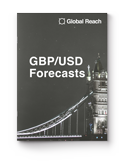Pound to South African Rand Outlook Constrained by SARB Interest Rate Risk
- Written by: James Skinner
"We believe that the ZAR has already priced in many negative factors and, if anything, the currency could surprise on the positive side. The ZAR’s real rate dynamics will be supportive in the months ahead" - HSBC.
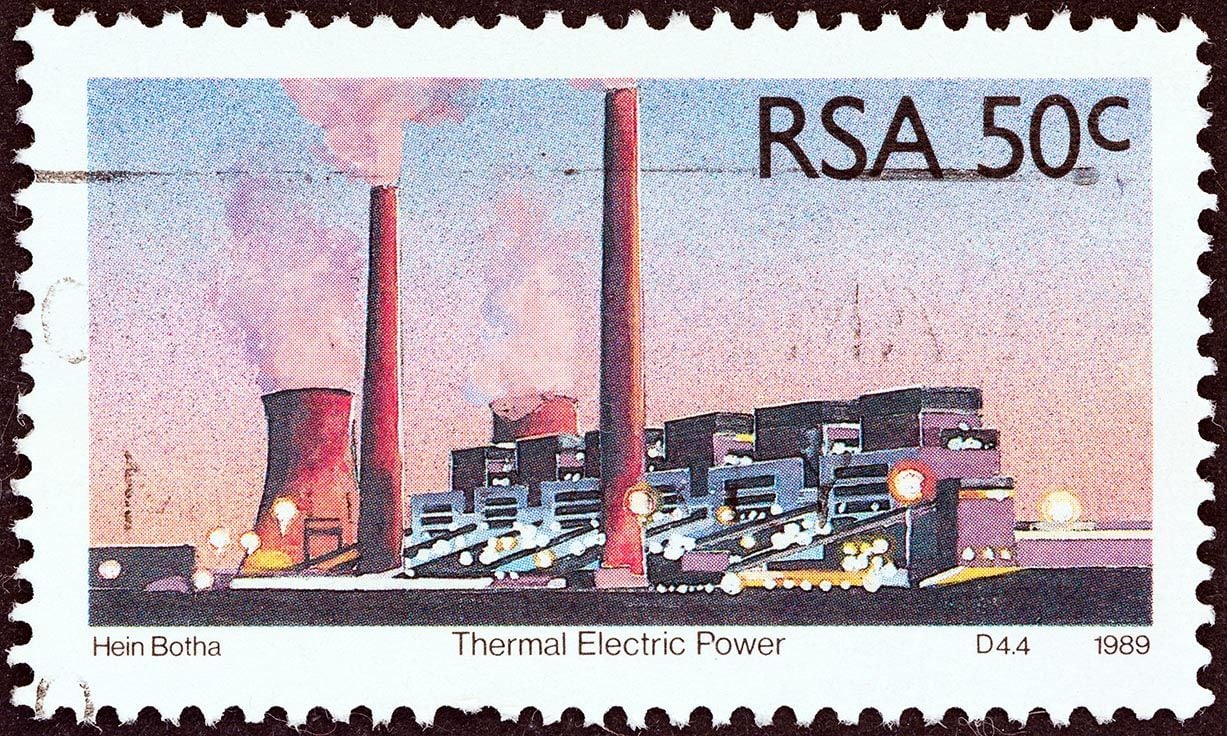
Image © Adobe Stock
The Pound to South African Rand exchange rate has retreated from almost two-year highs in recent trade but a heightened risk of further increases in the South African Reserve Bank (SARB) cash rate could mean that GBP/ZAR now struggles to resume its earlier uptrend in the weeks ahead.
South Africa's Rand climbed against most of its G20 counterparts on Wednesday while remaining one of the top-performing currencies in the table for the recent week and thanks in no small part to the South African Reserve Bank's sharp increase in the cash rate last Thursday.
The half percentage point increase last week has raised the SARB's benchmark for borrowing costs to 7.75% and its highest since the height of the 2008 financial crisis but the risk remains one of further increases that could keep GBP/ZAR contained below last week's highs.
"In our view, the decision to re-accelerate the pace of policy tightening by delivering a 50bp rate hike likely resulted in significant part from the MPC’s concern over recent currency depreciation and associated risks to the FX outlook," says Bojosi Morule, a CEEMEA economist at Goldman Sachs.
"In this context, given our view that currency risks may be tilted towards further depreciation (which appears to be shared by the SARB), we see risks to our baseline for rates on hold through end-2023 as tilted towards incremental further tightening," she adds.
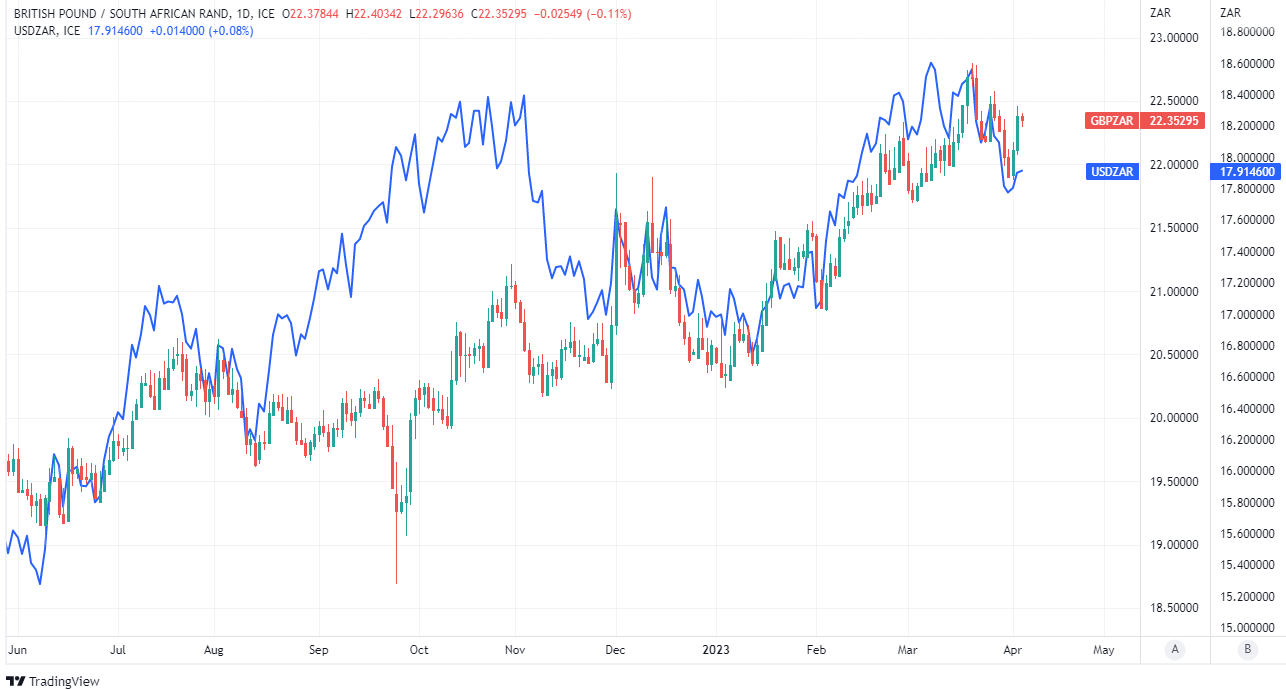 Above: Pound to Rand exchange rate shown at daily intervals alongside USD/ZAR. Click image for closer inspection.
Above: Pound to Rand exchange rate shown at daily intervals alongside USD/ZAR. Click image for closer inspection.
Many economists billed last week's interest rate step as a likely response to the impact of exchange rate losses sustained since the turn of the year, which were among the factors cited by the SARB as impediments to bringing inflation down to within the three-to-six percent target.
But the Organization for Petroleum Exporting Countries' (OPEC) weekend effort to lift oil prices by reducing planned production levels is another factor that could slow the return of inflation to the targeted level and has got economists wondering whether central banks would be likely to respond to it.
"Substantially greater strength in the rand is needed to counteract the recent sharp jump in the oil price, with an exchange rate of R15.90/USD sufficient, and still weaker than the R14.50/USD reached a year ago," warns Annabel Bishop, chief economist at Investec.
"However, the rand is only likely to strengthen to R15.90/USD if the SARB hikes by around 100bp and the FOMC does not move further, with SA’s current interest rate differential still 50bp lower than at the start of the US interest rate hike cycle," she adds.
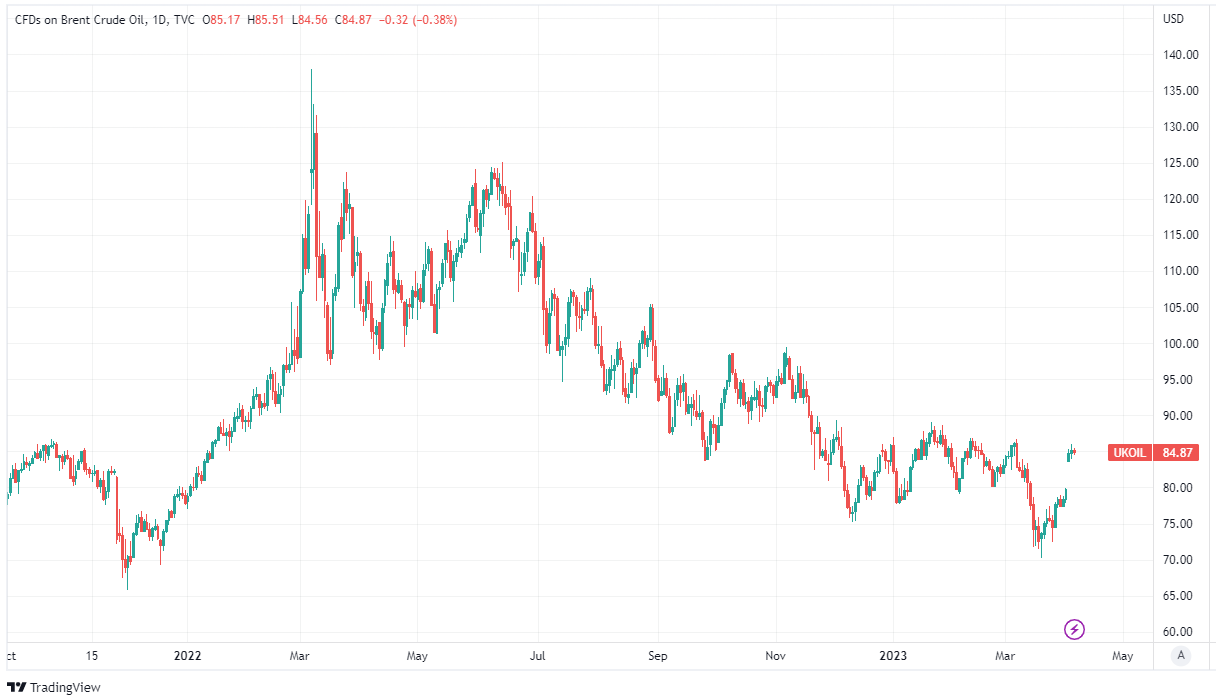 Above: Brent Crude oil futures price shown at daily intervals. Click image for closer inspection. To optimise the timing of international payments you could consider setting a free FX rate alert here.
Above: Brent Crude oil futures price shown at daily intervals. Click image for closer inspection. To optimise the timing of international payments you could consider setting a free FX rate alert here.
It's not yet clear if the SARB or others would actually respond to the oil market, however, given that the production cut has so far only lifted prices back to levels prevailing in the early part of the new year and still leaves them substantially below the levels of the same time last year.
Bank of England chief economist Huw Pill suggested in a Tuesday speech, albeit indirectly and perhaps even inadvertently, that he himself is likely to overlook the latest rally in oil prices when making decisions as part of the Monetary Policy Committee in the months ahead.
GBP/USD Forecasts Q2 2023Period: Q2 2023 Onwards |
"If an economic shock comes as a genuine surprise (in that it could not – or at least was not – anticipated) and that shock affects inflation at a shorter horizon than the lags in monetary policy transmission, then monetary policy cannot offset all of its inflationary implications," Pill said on Tuesday.
"This is the basis for the argument that monetary policy makers can – and should – ‘look through’ the direct and indirect effects on inflation of one-off external shocks to energy prices, about which they can do little," he also later explained.
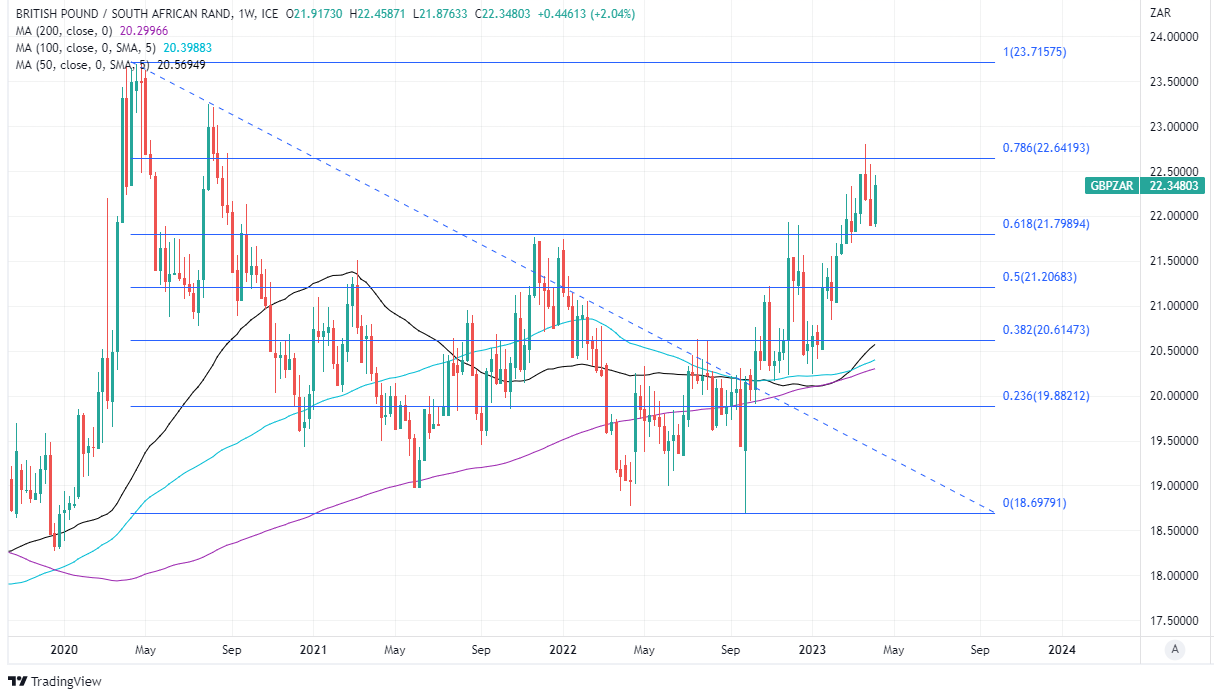 Above: Pound to Rand exchange rate shown at weekly intervals with Fibonacci retracements of 2020 downtrend indicating possible areas of technical resistance for Sterling. Selected moving averages indicate prospective support levels. Click image for closer inspection. To optimise the timing of international payments you could consider setting a free FX rate alert here.
Above: Pound to Rand exchange rate shown at weekly intervals with Fibonacci retracements of 2020 downtrend indicating possible areas of technical resistance for Sterling. Selected moving averages indicate prospective support levels. Click image for closer inspection. To optimise the timing of international payments you could consider setting a free FX rate alert here.
Huw Pill argued that "extrinsic" influences like oil prices are less relevant than "intrinsic" things such as how the prices of non-energy products and levels of wage growth in the wider economy impact inflation within the one-to-two-year segment of the forecast outlook.
There is also uncertainty over if the SARB would view the inflation outlook in the same way, however, and that keeps alive the risk of further increases in the cash rate that could hamper any fresh or further rally in GBP/ZAR over the coming weeks.
But while domestic interest rates are an important influence, much about the South African Rand's prospects is also hinged on external factors like Federal Reserve interest rate policy, the trajectory of the U.S. Dollar and economic momentum in other parts of the world.
"We believe that the ZAR has already priced in many negative factors and, if anything, the currency could surprise on the positive side. The ZAR’s real rate dynamics will be supportive in the months ahead," wites Murat Toprak, a CEEMEA FX strategist at HSBC, in a forecast review last week.
"Meanwhile, South Africa’s external position may display some resilience if China’s reopening eventually supports commodity prices. It is also worth highlighting that, according to some of our metrics, the ZAR is now undervalued," he adds while tipping USD/ZAR to end the second quarter around 17.80.
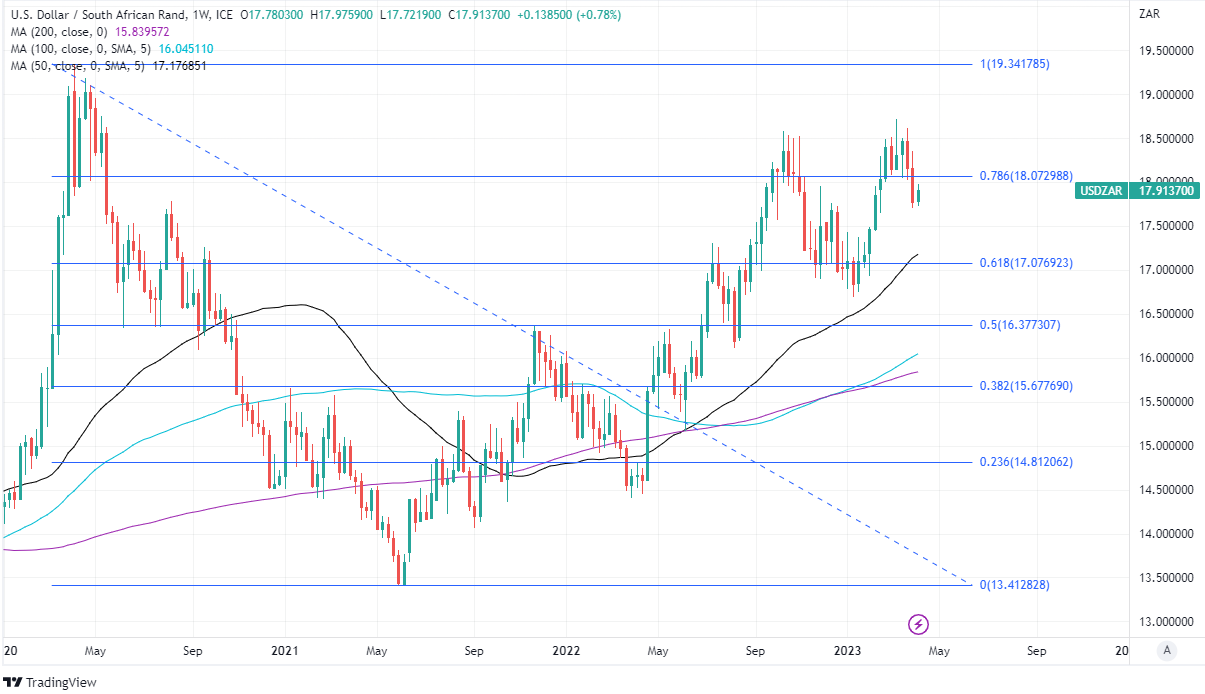 Above: USD/ZAR shown at weekly intervals with Fibonacci retracements of 2020 downtrend indicating possible areas of technical resistance. Selected moving averages denote possible technical support.
Above: USD/ZAR shown at weekly intervals with Fibonacci retracements of 2020 downtrend indicating possible areas of technical resistance. Selected moving averages denote possible technical support.

